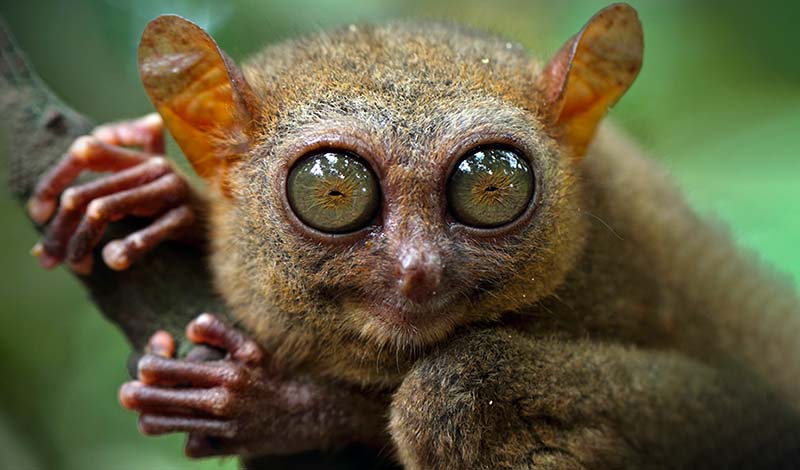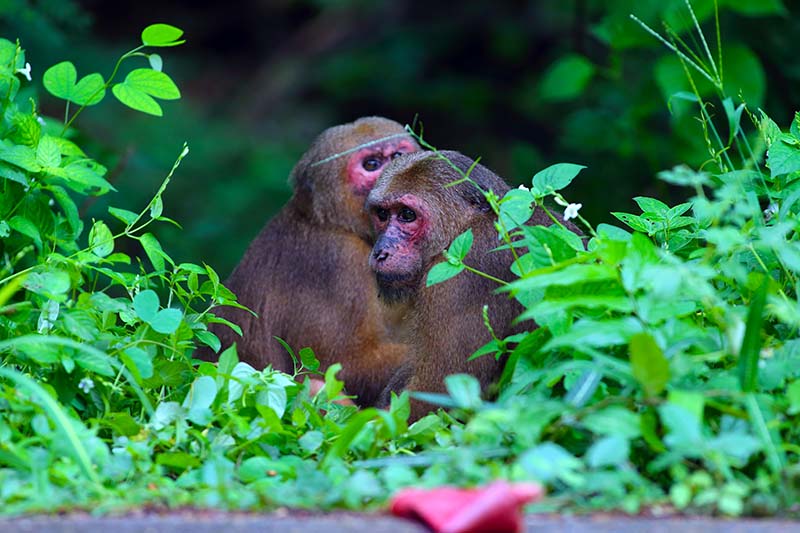
2-minute read
Can you hear me now?
The lilting birdsong that adds beauty to the soundscape of our planet plays an essential role in avian social interaction, mate attraction, and territory protection. But for feathered songsters nesting in urban areas, maintaining bird-to-bird communications above the din of a bustling city is no small tweet. Urban dwellers of all kinds are regularly exposed to the stress of noise levels above 85 decibels (equivalent to a perpetually running food blender) compared to the 30-40 decibels of a wilderness area. So how do city birds make themselves heard over the honking? They’ve learned to pump up the volume.
According to researchers at Ohio State and the University of California at Davis, birds adapting to survive in cities may adjust the volume, pitch, or timing of their chirps, whistles, and warbles to break through the background noise. Sparrows, northern cardinals, American robins, and red-winged blackbirds are some of the species that can modify their songs to improve vocal transmission.
Because belting out birdsong takes more energy, larger birds have a greater capacity to sing over street racket. Some of the clever critters have also adjusted the timing of their dawn chorus so that it starts ahead of rush hour. Not only do early birds catch the worm, but they also know to trill before traffic starts.
With bird populations down by 2.9 billion across North America since 1970, understanding how and if our avian friends can adapt to environmental change and continued habitat loss is critical to their conservation. Perhaps the meaning of those early morning urban tweet storms roughly translated is “C’mon, people, work with us. We’re trying to sing out here!” If you’d like to find out how to keep the birdsong going, the Audubon Society and the Cornell Lab of Ornithology have lots of innovative ways to help.

ICYMI Nature News
Even More Bird Beauty
The winning photos of the Bird Photographers of the Year for 2022 have been announced, and they are stunning. Have a look! And if you’ve been following along with the Audubon Birdsong Project, Volume IV is now available for your listening pleasure.
Endangered Migration
Like other winged species, monarch butterflies are struggling to adapt to a rapidly changing world. The WWF has released a magical new short film on the threats to monarch migration. You can watch here.
Knock, knock. Who’s there? Land shark.
According to researchers at the University of Florida, a small species of carpet shark found in the South Pacific is adapting to warming seas by learning to fin-walk on land. Time to break out the shin guards.
Shake, Shake, Rattle, and Glow
Meet the Elvis worms. Researchers at the Scripps Institution of Oceanography have discovered four new species of deep-sea worms whose shimmery scales rival the King’s sequined jumpsuits. Iridescent worms? We’re all shook up!
FWP Carbon Capture Report
As scientists continue to discover more ways that trees and forests add to our happiness, we’re glad to have the opportunity to contribute to those positive vibes thanks to our planting pals at Tree-Nation. Since April 2022, the trees we’ve planted across eleven projects bring our carbon capture to 1,562 tons of CO2. That’s equivalent to 3,878,347 miles driven by a gasoline-powered passenger vehicle, 190,061,769 smartphones charged, or 1,728,720 pounds of coal burned.




































































